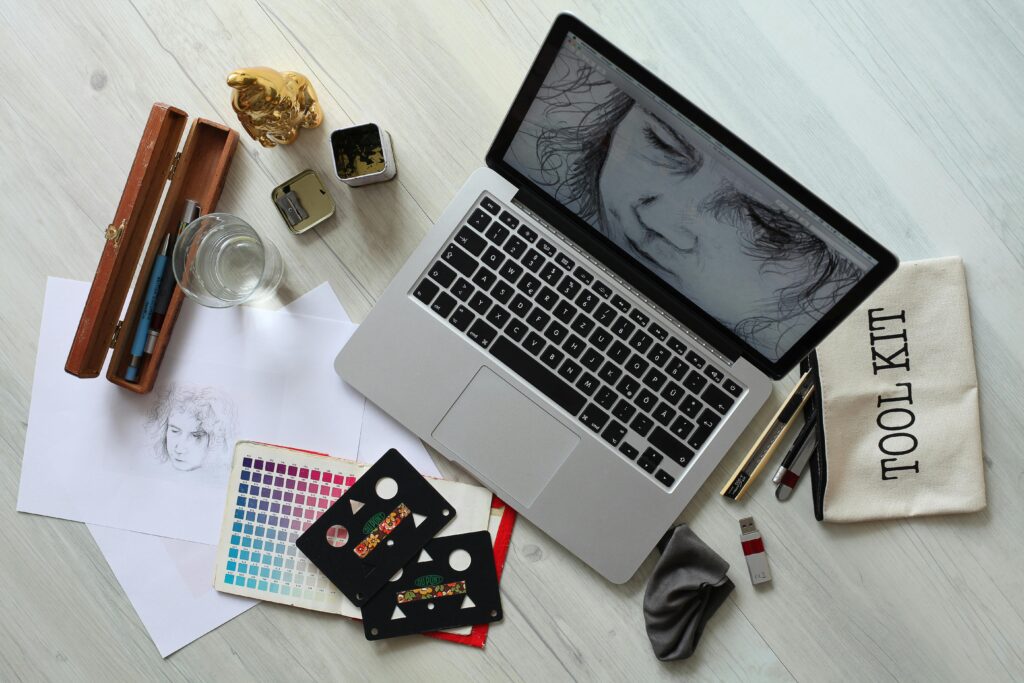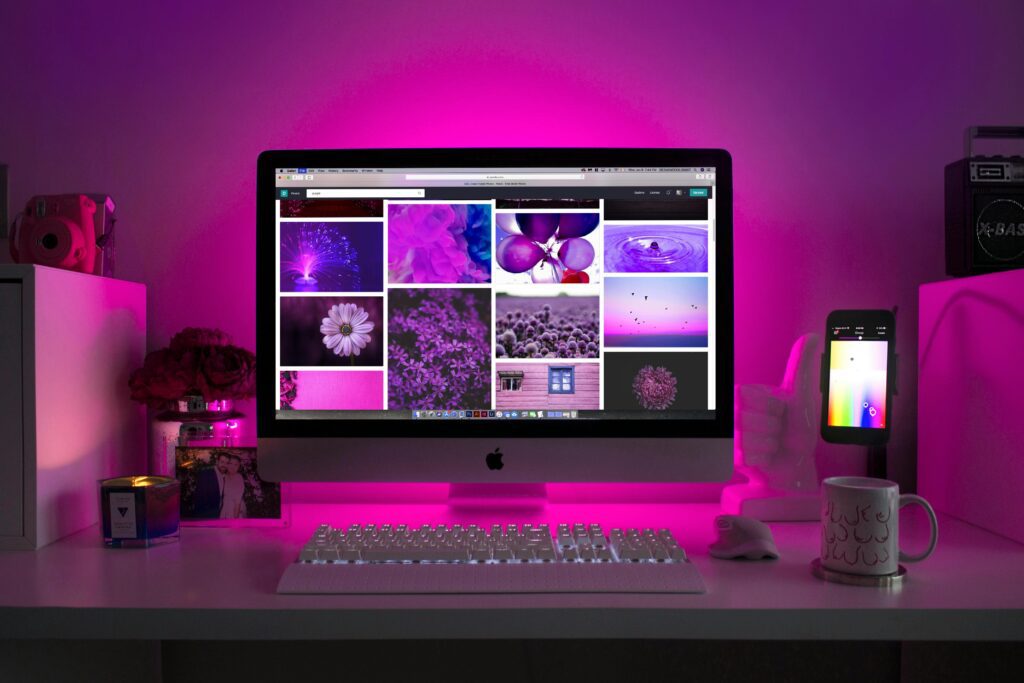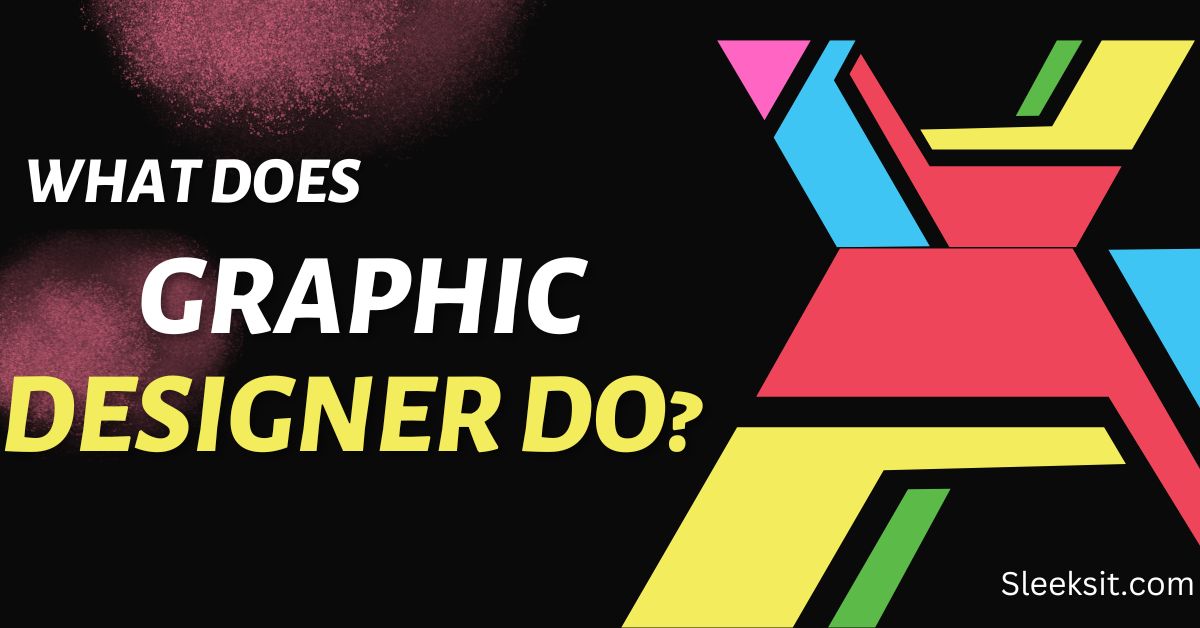What Does a Graphic Designer Do?
A graphic designer is a professional who combines creativity with technical skills to visually communicate ideas, messages, and information. Their primary role is to create visual concepts using various design software and techniques to meet the specific needs and objectives of their clients or employers.

Graphic Designer
What Is a Graphic Designer?
A graphic designer is a creative professional who specializes in visual communication. They use a combination of artistic skills, creativity, and technical expertise to design and create visual content that effectively communicates messages, ideas, or information. Graphic designers work across various mediums, including print, digital, and multimedia, to produce a wide range of visual materials, such as logos, advertisements, brochures, websites, packaging, illustrations, and more.
Key responsibilities of a graphic designer include:
- Conceptualizing Ideas: Graphic designers brainstorm and develop creative concepts and visual solutions based on client briefs and project requirements.
- Creating Visual Assets: They use design software and tools to create digital or print-ready assets, including logos, typography, illustrations, icons, infographics, and other visual elements.
- Selecting Colors, Fonts, and Imagery: Graphic designers carefully choose colors, fonts, and imagery that align with the client’s brand identity, target audience, and project objectives.
- Layout and Composition: They arrange visual elements within a composition to create balanced and cohesive designs, considering factors such as hierarchy, spacing, alignment, and readability.
- Iterating and Revising: Graphic designers collaborate with clients and stakeholders throughout the design process, incorporating feedback and making revisions as needed to refine the final design.
- Preparing Files for Production: Once the design is finalized, they prepare files for production, optimizing them for print or digital distribution and ensuring that all specifications are met for the intended output.
- Staying Updated with Trends and Tools: Graphic designers stay abreast of industry trends, emerging technologies, and design software updates to enhance their skills and capabilities.
Overall, graphic designers play a crucial role in visually communicating ideas, enhancing brand identities, and creating engaging experiences for audiences across various mediums and platforms. Their work contributes to the success of marketing campaigns, branding initiatives, publications, websites, and other visual communications.
What Does a Graphic Designer Do?

Graphic Designer
The role of a graphic designers encompasses a wide range of responsibilities aimed at creating visually appealing and effective communication materials. Here’s a breakdown of the key aspects of a graphic designer’s role:
|
|
|
|
|
|
| Design Creation: |
|
|
|
|
| Layout and Composition: |
|
|
| Client Collaboration and Feedback: |
|
Overall, the role of a graphic designer is to create visually compelling and effective communication materials that help clients achieve their objectives and connect with their target audience. Through their creativity, expertise, and attention to detail, graphic designers play a vital role in shaping the visual identity and brand image of organizations across various industries.
Typical Job Description for Graphic Design
Depending on their area of expertise and place of employment, graphic designers have a variety of duties. For the purpose of determining design needs, they usually meet with clients or art directors. They will integrate text, graphics, and pictures using design tools to make a concept come to life. They could also have to convey their concepts and revise later drafts in response to input from clients or coworkers.
A typical Graphic Design job description may include some of these responsibilities:
- Create visually appealing and effective designs for various projects, including logos, branding materials, advertisements, marketing collateral, websites, and social media content.
- Collaborate with clients, stakeholders, and team members to understand project requirements, objectives, and target audience.
- Develop creative concepts and design solutions that align with client goals and brand identity.
- Use design software and tools to create digital or print-ready assets, ensuring high-quality and consistent output.
- Select colors, fonts, imagery, and other design elements to enhance visual impact and convey the intended message.
- Arrange visual elements within layouts to create balanced and aesthetically pleasing designs, considering factors such as hierarchy, spacing, and alignment.
- Present design concepts and iterations to clients for review and approval, incorporating feedback and making revisions as needed.
- Prepare files for production, optimizing them for print or digital distribution and ensuring compliance with technical specifications.
- Stay updated with industry trends, emerging technologies, and design best practices to enhance skills and capabilities.
- Manage multiple projects simultaneously, prioritizing tasks and meeting deadlines effectively.
Conclusion: In essence, graphic designers are the architects of the visual landscape, shaping the way we perceive and interact with the world around us. Their work is not just about creating pretty pictures; it’s about telling stories, evoking emotions, and sparking conversations. By unlocking their creativity and embracing the challenges of the ever-evolving design landscape, graphic designers have the power to make a lasting impact on society, one pixel at a time.



